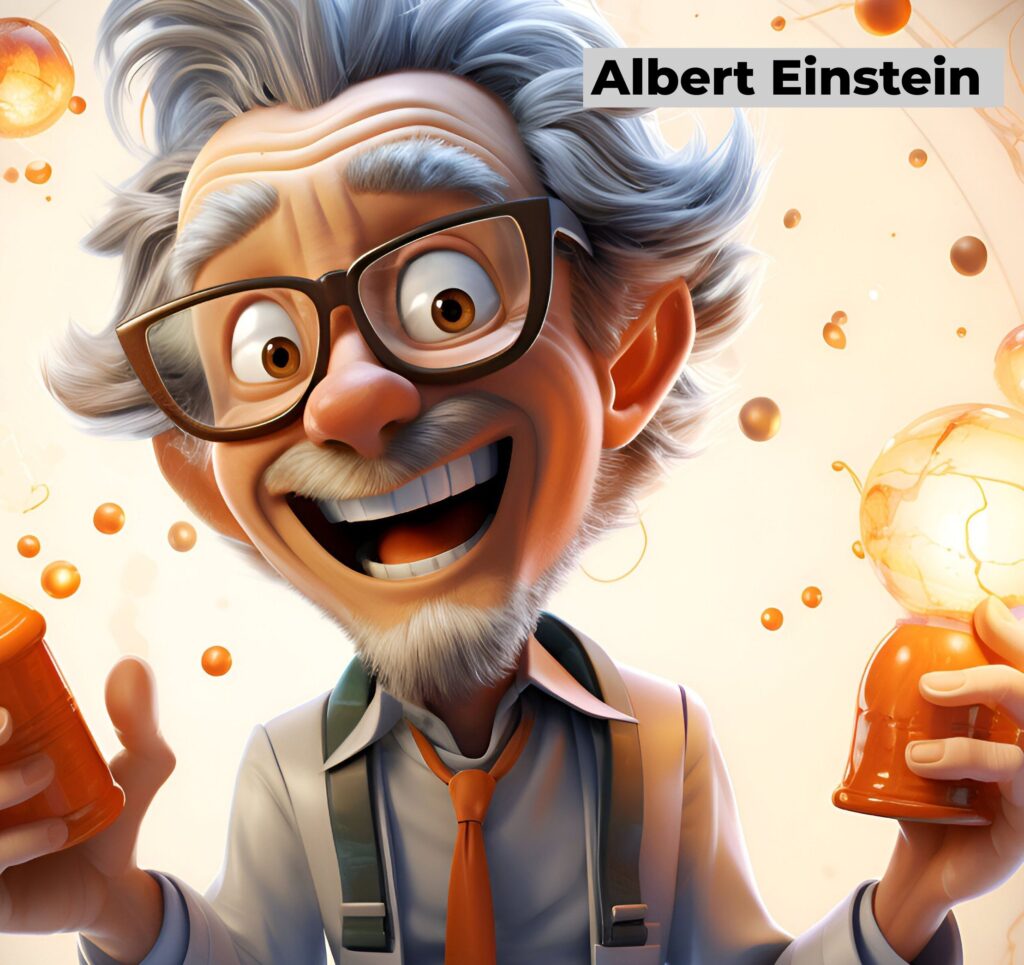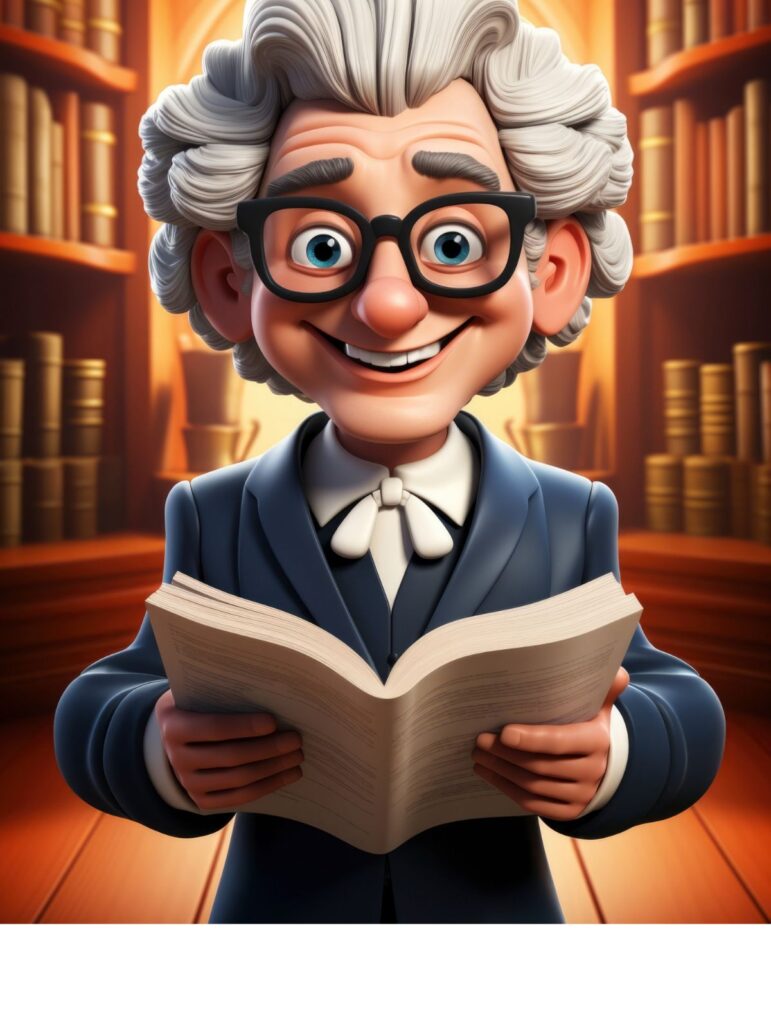- Birth
- Childhood and education
- Einstein Family
- wonders of Einstein
- Turning point of Einstein
- Einstein study
- Einstein Marriage
- Einstein job
- Einstein father death
- Einstein children
- Einstein theory of special relativity
- Increasing professional isolation and death
- Bohr atomic model and Einstein
- quantum theory of Einstein
- Nobel Prizes for Einstein's contributions
Birth
German-born physicist Albert Einstein was born in Germany, on March 14, 1879, and died in Princeton, New Jersey, on April 18, 1955. He created the special and general theories of relativity and he awarded the Nobel Prize in Physics in 1921 for his explanation of the photoelectric effect. Most people agree that Einstein was the most significant Scientist of the 20th century.
Childhood and education
Einstein’s parents were secular, middle-class Jews. Hermann Einstein, his father, was a featherbed the salesperson before operating an electrochemical factory with various degrees of success.
Einstein Family
The family home managed by his mother, the former Pauline Koch. Maria (also known as Maja), his only sister, was born two years after Albert.

wonders of Einstein
According to Einstein, his early years could deeply affected by two “wonders”. The first was when he was five years old and came into contact with a compass. He couldn’t understand how the needle could be deflected by unseen forces. This would result in an affinity with invisible forces that would last a lifetime. At the age of twelve, he found a book on geometry and devoured it, referring to it as his “sacred little geometry book.” This was the second wonder.
Turning point of Einstein
Another important influence on Einstein was a young medical student, Max Talmud. As an unpaid tutor, Talmud introduced Einstein to philosophy and advanced mathematics. When Einstein was sixteen years old, an essential turning point took place.
What would a light beam look like if you could run alongside it? This was the question Einstein asked himself, and it would shape his thinking for the next ten years. The light beam should appear motionless, like a frozen wave, if light were a wave. However, there was a paradox because, even as a child, he was aware that stationary light waves had never been observed. During this period, Einstein also penned. “The Investigation of the State of Aether in Magnetic Fields,” turning point scientific paper.”
Einstein study
Fortunately, Einstein did not need a high school diploma to apply directly to the (“Swiss Federal Polytechnic School”. It was renamed the “Swiss Federal Institute of Technology”) in the city of Zürich in 1911 after it was expanded to full university status in 1909. According to his grades, he did well in physics and mathematics but poorly in biology, chemistry, and French.
He would admitted to the university on the condition that he first complete his formal education because of his remarkable math scores. In 1896, he received his diploma from Jost Winteler’s special high school in Aarau, Switzerland. At that time, he also gave up his German citizenship. (Until 1901, when he received Swiss citizenship, he was without citizenship.) He boarded with the Winteler family, with whom he became lifelong friends.
Einstein Marriage
(Einstein’s first love was Marie, one of Winteler’s daughters; his sister Maja would later wed Winteler’s son Paul; and his close friend Michele Besso would wed their oldest daughter, Anna.)
Some of Einstein’s happiest years could spent in Zürich, as he would later remember. Many of his students would go on to become close friends, including the mathematician Marcel Grossmann and Besso, with whom he enjoyed long discussions about time and space. He also met Mileva Maric, a Serbian physics student who would become his wife.

From graduation to the “miracle year” of scientific theories of Albert Einstein
One of the biggest issues in Einstein’s life occurred after he graduated in 1900. He frequently skipped classes because he studied advanced subjects alone, which angry some professors, particularly Heinrich Weber. Unfortunately, Einstein requested an advice letter from Weber. After that, Einstein could rejected from every academic job he applied for. Later, he wrote,
If Weber hadn’t played a dishonest game with me, I would have found [a job] long ago.
In the meantime, Einstein and Maric’s bond grew stronger, despite the strong opposition of Einstein’s parents. In particular, his mother disapproved of her Serbian heritage (Maric’s family was Eastern Orthodox Christian). But Einstein disobeyed his parents, and he and Maric even had a child, Lieserl, in January 1902; it’s unclear what happened to him. (It is generally believed that she was placed for adoption or that she died of scarlet fever.)
Einstein job
Einstein may have hit his lowest point in life in 1902. Without a job, he was unable to marry Matric and provide for a family, and his father’s company failed. Desperate and jobless, Einstein took menial jobs tutoring kids, but even these jobs resulted in his termination..
Later that year, the turning points occurred. When he received a recommendation from Marcel Grossmann’s father. A lifelong friend, to work as a clerk in the Swiss patent office in Bernese.
Einstein father death
Around that time, Einstein’s father fell very ill and approved his son’s marriage to Maric just before he passed away. For years, when Einstein thought of his father as a failure, he would be deeply saddened by his death.
Einstein children
For the first time, Einstein had a modest but reliable salary, which gave him the confidence to wed Maric on January 6, 1903. In 1904 and 1910, respectively, their children, Hans Albert and Eduard, were born in Bern.
In the past, Einstein’s position at the Patent Office was advantageous. He would swiftly complete his analysis of patent applications. He freeing up time to think about the vision that had consumed him since he was sixteen:
What would happen if you were racing next to a beam of light?
He learned a fact that James Clerk Maxwell was unaware of while studying Maxwell’s equations. which explain the nature of light, at the polytechnic school: no matter how fast one moves, the speed of light stays constant. However, since there is no absolute velocity in Isaac Newton’s theory, this defies Newton’s laws of motion. “The speed of light is a constant in any inertial frame (constantly moving frame)” is the principle of relativity that Einstein developed as a result of this conclusion.
Explaining E = mc2Brian Greene kicking off his Daily Equation video series with Albert Einstein’s famous equation E = mc2.
In 1905, Einstein took in a paper for his doctorate.
Einstein theory of special relativity
Hendrik Lorentz and Henri Poinicaré, in particular, had fragments of the theory of special relativity, but Einstein was the first to put the theory together and recognize that it was a universal law of nature rather than a strange figment of motion in the ether, as they had believed. Some have theorized that Mileva was a cofounder of relativity theory because Einstein mentioned “our theory” in a private letter to her.
However, there can no evidence that Mileva was involved in the development of relativity. She had given up on physics after failing her graduate exams twice. Actually, Einstein only acknowledges his discussions with Besso in his 1905 paper as having contributed to the development of relativity.
The two main the principles of 19th-century physics were Maxwell’s theory of light and Newton’s laws of motion. Knowing that they could incompatible and that one of them had to fall was unique to Einstein.
Increasing professional isolation and death
Recognize Albert Einstein’s viewpoint regarding the dispute surrounding the quantum theory’s element of uncertainty. Discover how Albert Einstein proposed against indefiniteness and. How Niels Bohr perceived it in his theory of quantum mechanics.(more)
Even though Einstein was still at the center of many important advances in the theory of general relativity, including the existence of black holes, wormholes, higher dimensions, time travel, and the universe’s creation, he became more and more cut off from the rest of the physics community. Most physicists were working on quantum theory rather than relativity because of the enormous progress that quantum theory had made in revealing the secrets of atoms and molecules.
Bohr atomic model and Einstein
In fact, Niels Bohr, the creator of the Bohr atomic model, and Einstein would have a number of historic private discussions. Einstein attempted to identify logical flaws in the quantum theory—specifically, its absence of a deterministic mechanism—through a number of intricate “thought experiments.” “God does not play dice with the universe,” as Einstein would frequently say.
quantum theory of Einstein
The EPR (Einstein-Podolsky-Rosen) thought experiment was the result of Einstein’s most well-known critique of quantum theory in 1935. Quantum theory states that in some situations, two electrons that are separated by great distances would have properties that are connected, as though they were connected by an umbilical cord. In these conditions, if the first electron’s characteristics were measured, the second electron’s state would be known immediately—faster than the speed of light.
According to Einstein, this conclusion blatantly defied relativity. (Since then, experiments have verified that the EPR experiment was accurate according to the quantum theory rather than Einstein. The fact that quantum mechanics is nonlocal. that is, that random information can travel faster than light—is essentially what Einstein had demonstrated. Since the information is random and thus useless, relativity is not broken.
Legacy of Albert Einstein
In some ways, Einstein might have been too far ahead of his time rather than a relic. During Einstein’s lifetime, the strong force. A crucial component of any unified field theory—remained completely unknown. Only in the 1970s and 1980s did physicists start using the quark model to try and solve the mystery of the strong force. Nevertheless, subsequent physicists continue to receive Nobel Prizes for Einstein’s contributions.
Nobel Prizes for Einstein’s contributions
- The discovery of gravitational waves, which Einstein had predicted, was recognized with a Nobel Prize in 1993.
- The discovery of Bose-Einstein condensates. A novel form of matter that can exist at very low temperatures, earned the discoverers a Nobel Prize in 1995.
- There are thousands of known black holes today. Space satellites of new generations have continued to to confirm Einstein’s theory of cosmology.
- Furthermore, a number of leading physicists are working to complete Einstein’s ultimate goal of developing a “theory of everything.”
Kaku Michio Michio Kaku, author of Albert Einstein’s biography in Encyclopedia Britannica.
The space-time entry for the 13th edition of the Encyclopedia Britannica was written by Einstein. (See Space-Time, Britannica Classic.)
